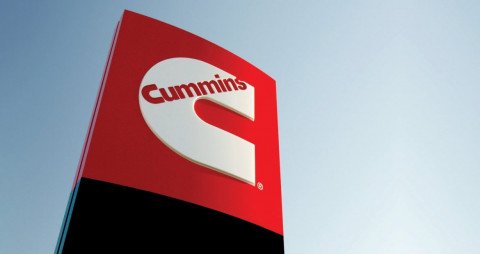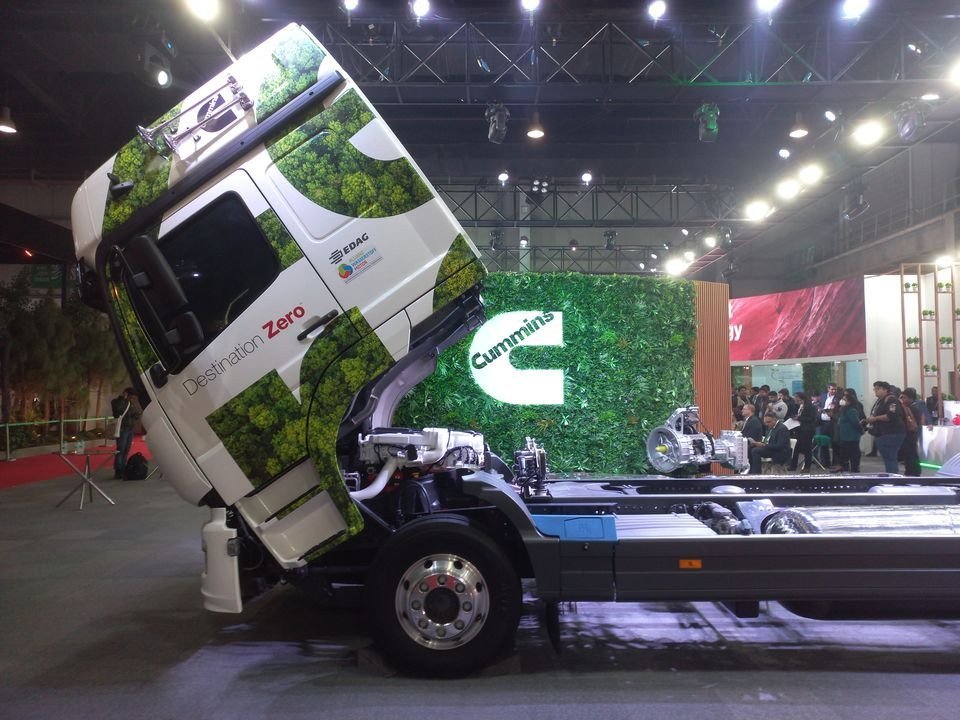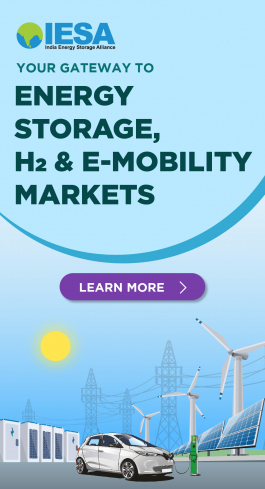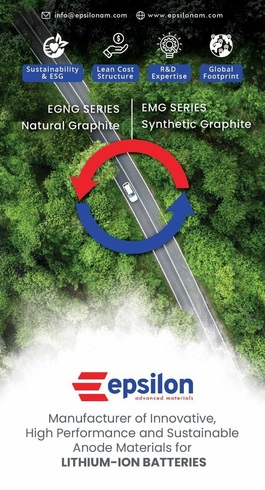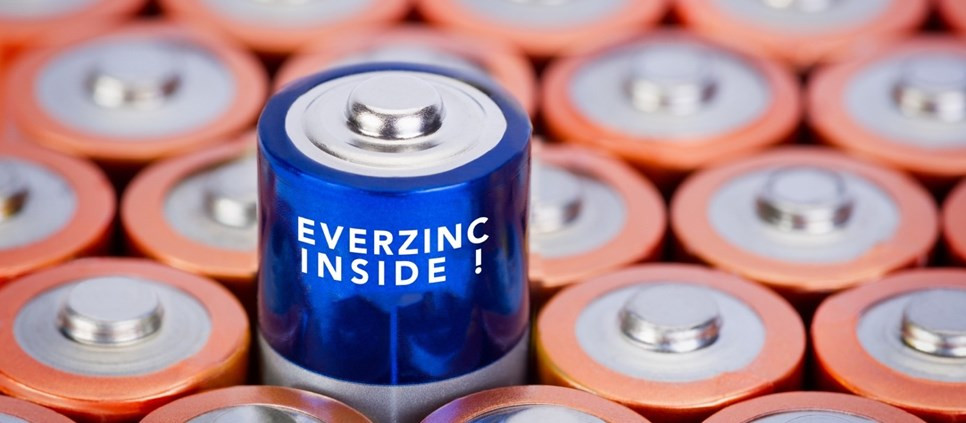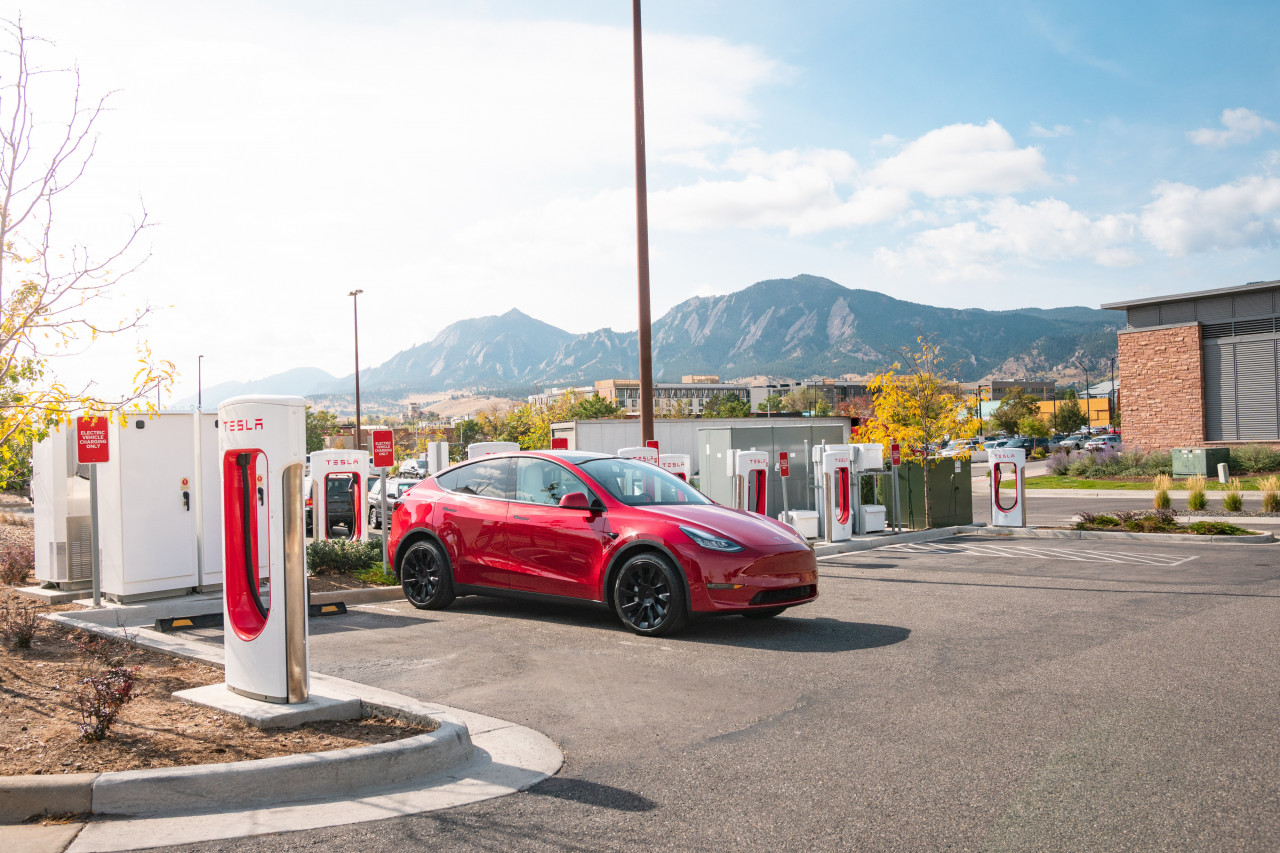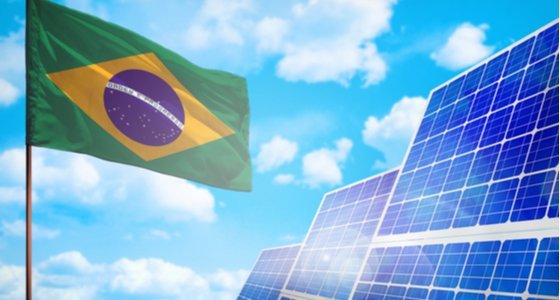PLANET 2050 Strategy: Cummins driving CVs to Zero-Emission future
Speaking to Dhiyanesh Ravichandran of ETN, Jonathon White, VP - Engine Business Engineering, Cummins Inc. and Pradheepram Ottikkutti, CTO & Executive Director - Cummins India, decode the 'PLANET 2050' framework and its derivative 'Destination Zero' initiative, with special attention to their immediate relevance on the company's product strategy and technological developments in this decade, especially in the battery-electric and hydrogen powertrains portfolio.
Some say that pursuing alternative, low-emission fuels like natural gas and bio-fuels delay or impact the actual transition of CVs to clean energy and net-zero. Is that a valid argument?
Jonathan White: If we don't act now and wait for all the conducive factors to be in place, the world's crisis will exacerbate. From Cummins perspective of 'Destination Zero', we need to act and enable change wherever it makes sense. Deploying battery technology to every application and market we serve, doesn't make any sense no; as much as applying any one solution for every requirement of the CV industry. For sure, diesel is no longer right for every application, and we need to explore hydrogen and battery-electric solutions. It is about leveraging the power of choice to make an effective change.
Pradheepram Ottikkutti: As Jonathan mentioned, global regions are either ahead or lagging behind, in adopting new technologies; while the adaption taking place, we will need interim solutions to fill the void. In regions with abundant natural gas, it makes sense for them. Countries like Indonesia and Malaysia are rich in bio-fuels, making it the fuel of choice for those markets. Since we are one of the biggest solutions providers around the world, we need to cater to every kind of market. That is why it is compelling for Cummins to offer a choice of options, based on what works best for the markets towards the goal of emission reduction.
Speaking about various global regions, can you present a global picture of market and technological megatrends from Cummins standpoint in the CV sector?
Jonathon White: The biggest driver for any market is its availability and potentiality for embracing alternative energy. It differs from country to country. For instance, Europe is transitioning from ICE and diesel cars quicker than most other regions, thanks to the easy availability of grid electricity in some countries. While few other European countries face the constraint to offer power to EVs, as balancing grid load is difficult. At the global level, countries like India do not have a sustainable electric grid to manage a transition like Europe does. But there are exciting opportunities in hydrogen and solar energy in India, so to accelerate technologies differently to reach zero emission is warranted.
RELATED: Cummins unveils H2 IC engine, Battery-electric techs for CVs | Auto Expo 2023
Pradheepram Ottikkutti: There is no one size that fits all. In India, grid stability is a challenge; how can we use power to generate hydrogen or power EVs? Renewable energy capacity must increase to support net-zero transition. This is essential to leverage the hydrogen potential in India.
China is a huge and advanced hub of development and market for hydrogen and battery-electric technologies. Tell us about Cummins's presence in China and its relevance to the brand's global strategy.
Jonathon White: China is our largest market for ICE engines in terms of volumes. Especially, natural gas engines made by Cummins are being predominantly sold in China since the last 10 years. India is the second largest market by volume, followed by USA. China is making remarkable investments in renewable power and sustainable grid, but owing to the vastness of the country and its energy demands, coal continues to be the dominant energy source. From a 'Destination Zero' perspective, the availability of sustainable power has enabled China to move quickly in battery deployment, followed by investments in battery storage and hydrogen production. China is also an early adopter of fuel cells in several applications, and we has a considerable presence in that space as well.
How is stationary energy storage placed in your company's strategy for a cleaner future?
Jonathon White: We have various programs in the stationary power solutions space, and our approach is again fuel/ technology-agnostic, similar to our CV solutions. For instance, we have also invested in solid-oxide fuel cell technology as one technology for stationary power solutions, often in the form of a backup generator for a businesses and domestic applications. Production is already on in Europe and the US. But this is more of a production-ready solution rather than a future technology.
Pradheepram Ottikkutti: The stationary energy storage industry in India is shifting because of grid instability issues. The large numbers of data-centers across the country require uninterrupted power supply in the form of energy storage solutions, thereby making a demand case of these solutions. At Cummins, globally as well in India, we have created a micro-grid approach, by which power can be sourced from different ends and store the extra power, which can be used for peak shaving and enhance grid reliability.
RELATED: Cummins, Tata Motors to collaborate on hydrogen, battery-electric propulsion techs
We have created a working model at our tech center in Pune. Two large-scale projects are being undertaken for our customers, including off-grid system in an island and an ESS with gensets for uninterrupted power supply. The technologies are already demonstrated in the US for over a decade, with the systems made by our power systems division being deployed with companies like Google and Microsoft.
Considering that an entire spectrum of technology is in place, why is Cummins staying away from the passenger car segment?
Jonathon White: One reason could be that there are other manufacturers already in place with expertise in passenger car powertrain solutions. From Cummins perspective, we are all capable of doing that. However, from a business case perspective, we are asking whether it is something that we would like to venture into? It also requires a particular manufacturing skill, along with massive investments for – say a million units of a particular powertrain version – as against a hundred thousand units of a certain type for commercial vehicles that we have already invested in today. It would be a different business model to move into. Having said that, we do have large pickup trucks in our businesses in the US, the segment where there is this heavy adjacency with commercial vehicles and the size and type of powertrains we make.
Pradheepram Ottikkutti: In the pickup market, we work with partners on products that come very close to passenger vehicles. Also, most of the car manufacturers are fully vertically-integrated. They make their own engines and develop technologies, that is where they monetize. Besides, the passenger car market is highly commoditized. I do not know what hydrogen will bring for us in the future, but it is highly unlikely that car makers would not be able to invest and stay in sync with whatever the ensuing trends are.
